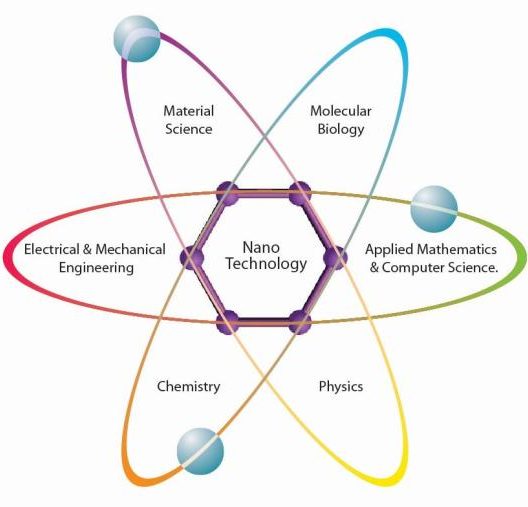Researchers have synthesized sheets of gold that are one atom thick. Credit: imaginima/Getty Topics: Graphene, Materials Science, Nanoengineering, Nanomaterials, Solid-State Physics It is the world’s thinnest gold leaf: a gossamer sheet of gold just one atom thick. Researchers have synthesized1 the long-sought material, known as goldene, which is expected to capture light in ways that couldContinue reading “Goldene…”
Category Archives: Nanoengineering
Limit Shattered…
TSMC is building Two New Facilities to Accommodate 2nm Chip Production Topics: Applied Physics, Chemistry, Electrical Engineering, Materials Science, Nanoengineering, Semiconductor Technology Realize that Moore’s “law” isn’t like Newton’s Laws of Gravity or the three laws of Thermodynamics. It’s simply an observation based on experience with manufacturing silicon processors and the desire to continually makeContinue reading “Limit Shattered…”
The “Tiny Ten”…
Researchers are working to overcome challenges related to nanoscale optoelectronic interconnects, which use light to transmit signals around an integrated circuit. IMAGE: PROVIDED BY NCNST Topics: Biology, Materials Science, Nanoengineering, Nanomaterials, Nanotechnology, Quantum Mechanics The promise of nanotechnology, the engineering of machines and systems at the nanoscale, is anything but tiny. Over the past decade alone,Continue reading “The “Tiny Ten”…”
Nano Racetracks…
In this image, optical pulses (solitons) can be seen circling through conjoined optical tracks. (Image: Yuan, Bowers, Vahala, et al.) An animated gif is at the original link below. Topics: Applied Physics, Astronomy, Electrical Engineering, Materials Science, Nanoengineering, Optics (Nanowerk News) When we last checked in with Caltech’s Kerry Vahala three years ago, his labContinue reading “Nano Racetracks…”
Quasicrystal Legos…
A mathematical tool called a fast Fourier transform maps the structure in a way that reveals the 12-fold symmetry of the quasicrystal. The fast Fourier transform of the electron microscope image of the quasicrystal is shown on the left, while the transform of the simulated crystal is shown on the right. Image credit: Mirkin ResearchContinue reading “Quasicrystal Legos…”
